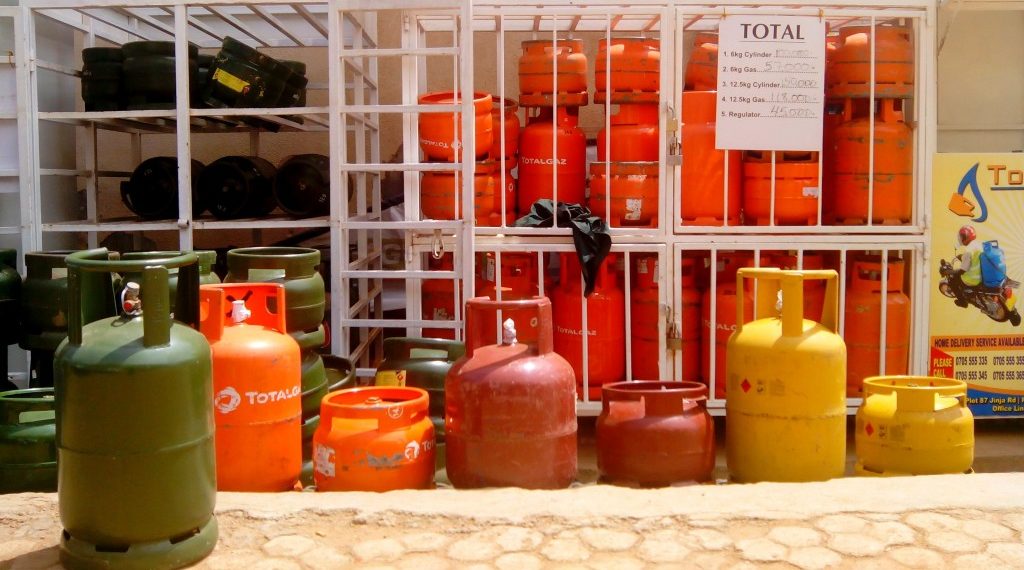Joseph Utsev, the Minister of Water Resources and Sanitation, has cautioned that 148 local government areas (LGAs) across 31 states are among the highly probable flood-risk areas for 2024.
Mr Utsev issued this warning during the official unveiling of the 2024 Annual Flood Outlook (AFO) on Monday in Abuja. The theme was “Promoting the Use of Data Analytics and Modelling for Flood Risk Assessments and Food Security.”
The Nigeria Hydrological Services Agency (NIHSA) leads AFO yearly predictions.
The identified states are Adamawa, Akwa-Ibom, Anambra, Bauchi, Bayelsa, Benue, Borno, Cross-River, Delta, Ebonyi, Edo, Imo, Jigawa, Kaduna, Kano, Katsina, Kebbi and Kogi.
Others are Kwara, Lagos, Nasarawa, Niger, Ogun, Ondo, Osun, Oyo, Plateau, Rivers, Sokoto, Taraba, and Yobe.
Mr Utsev emphasised the need for preparedness and proactive measures to mitigate potential flood impacts in these areas.
The minister said the high flood-risk areas spanned from April to November 2024, potentially impacting population, agriculture, livelihoods, livestock, infrastructure, and the environment.
Mr Utsev said Nigeria had faced recurrent and severe flood disasters over the years, with 2012 being one of the most devastating recorded events.
“The World Bank estimated the total economic damage from the 2022 floods, including damage to residential and nonresidential buildings, infrastructure, productive sectors, and farmlands, at approximately $6.68 billion.
“In response to the ongoing challenges posed by flooding, President Bola Tinubu initiated the National Economic Council Ad-hoc Committee on Flood Mitigation, Adaptation, Preparedness, and Response,’’ he said.
The minister said the committee’s mandate was to proactively develop a comprehensive roadmap to enhance Nigeria’s flood mitigation, preparedness, adaptation, and communication infrastructure.
Earlier, Charles Anosike, director general of the Nigerian Meteorological Agency (NIMET), referenced a UNICEF report on the damage inflicted by flooding on agricultural lands in the previous year and stressed the urgency of integrating forecast information into national policies and interventions.
He reaffirmed NIMET’s dedication to collaborating with NIHSA and other stakeholders to deliver timely and accurate weather forecasts tailored to meet the diverse needs of communities nationwide.
Zubaida Umar, the director general of the National Emergency Management Agency (NEMA), underscored the significance of the AFO released by NIHSA.
Ms Umar noted the increasing prevalence of flooding in Nigeria and its devastating consequences, including loss of lives, property damage, displacement, and disruption of livelihoods.
She stressed the urgent need for proactive measures to mitigate the impact of flooding across the country.
(NAN)









